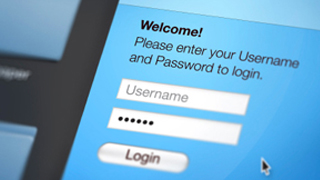Protecting yourself online

1. Turn on phishing filters
Phishing is a particular type of internet scam whereby cyber criminals set up a spoof site that resembles another website inorder to obtain your personal details. The most common phishing scams involve banks. You receive what appears to be an email from your bank.
2. Make sure the webpage you are visiting is secure
Always make sure that a webpage is secure when entering personal information such as your credit card details. A secure webpage will contain "https://" in the url which appears in your browsers address bar.
3. Block pop-ups
Pop-ups are both frustrating and annoying. A pop-up is a small window that appears without the users permission. Pop-ups are a form of adware that can contain malicious code or more commonly a plishing scam. If you are using a recent internet browser it is quite simple to block pop-ups. In Internet explorer 7 - Go to "tools > internet options > privacy" and select the turn on pop-up blocker option.
4. Delete cookies and browsing history
If you use a public computer, you should get into the habit of deleting cookies. Cookies store personal details such as login passwords. If someone uses the computer after you have finished these details can still be accessed.
5. Turn off the autocomplete facility
Autocomplete is a very useful feature that remembers information you submit to an online form. This feature can save you time and effort, but it can also pose a security risk. If someone uses your computer they instantly have visible access to a range of personal details. If you share your computer, we recommend your turn this facility off. In Internet explorer 7 - Go to "tools > internet options > content > autocomplete > settings" and then de-select forms and username and passwords.